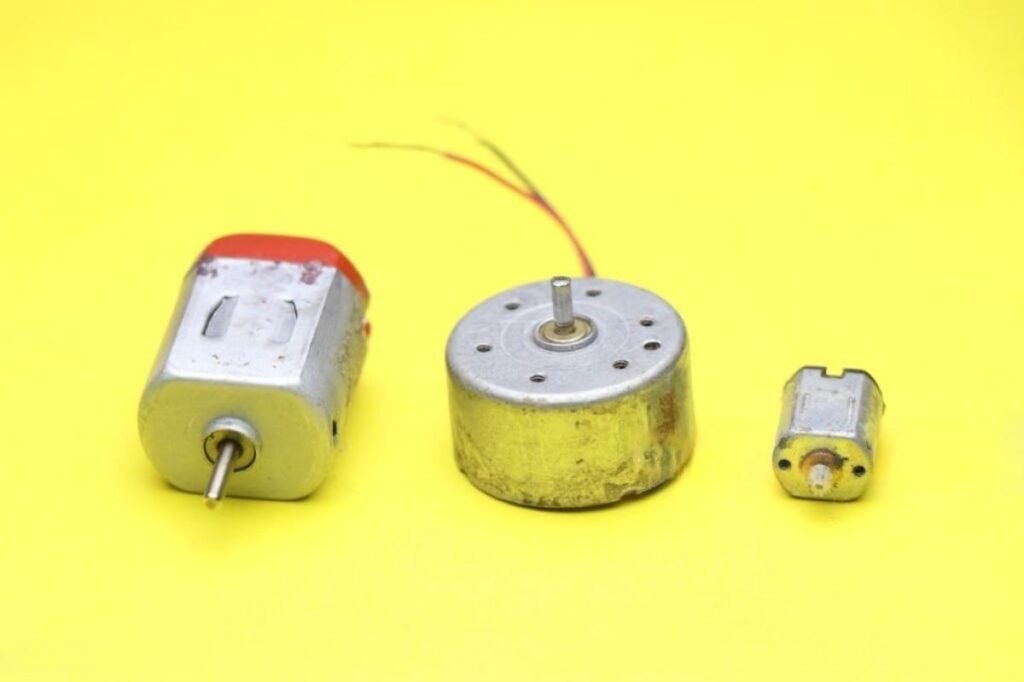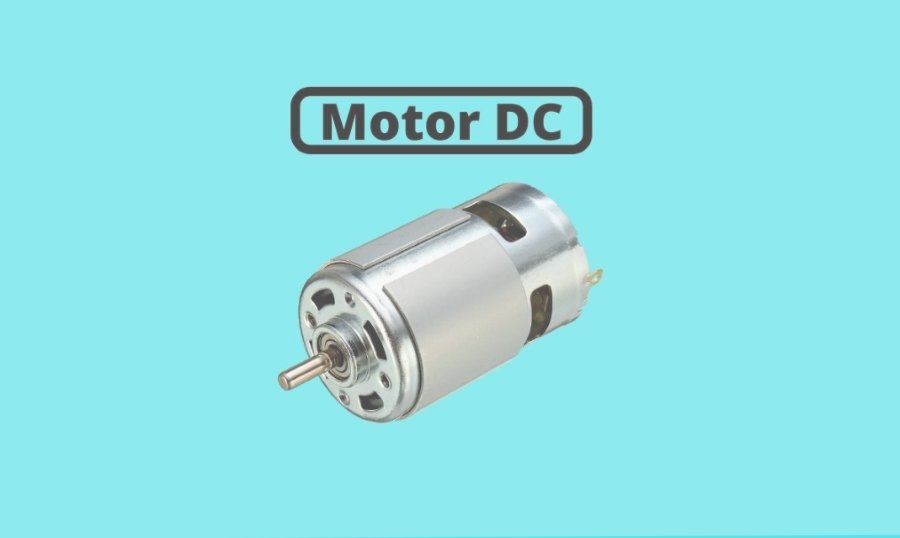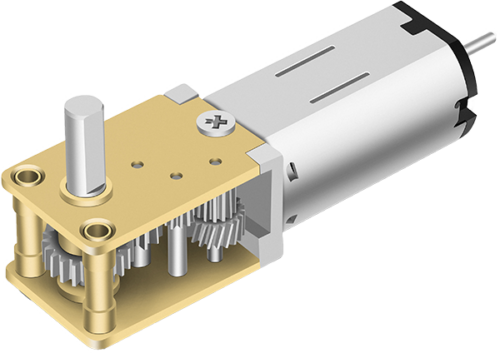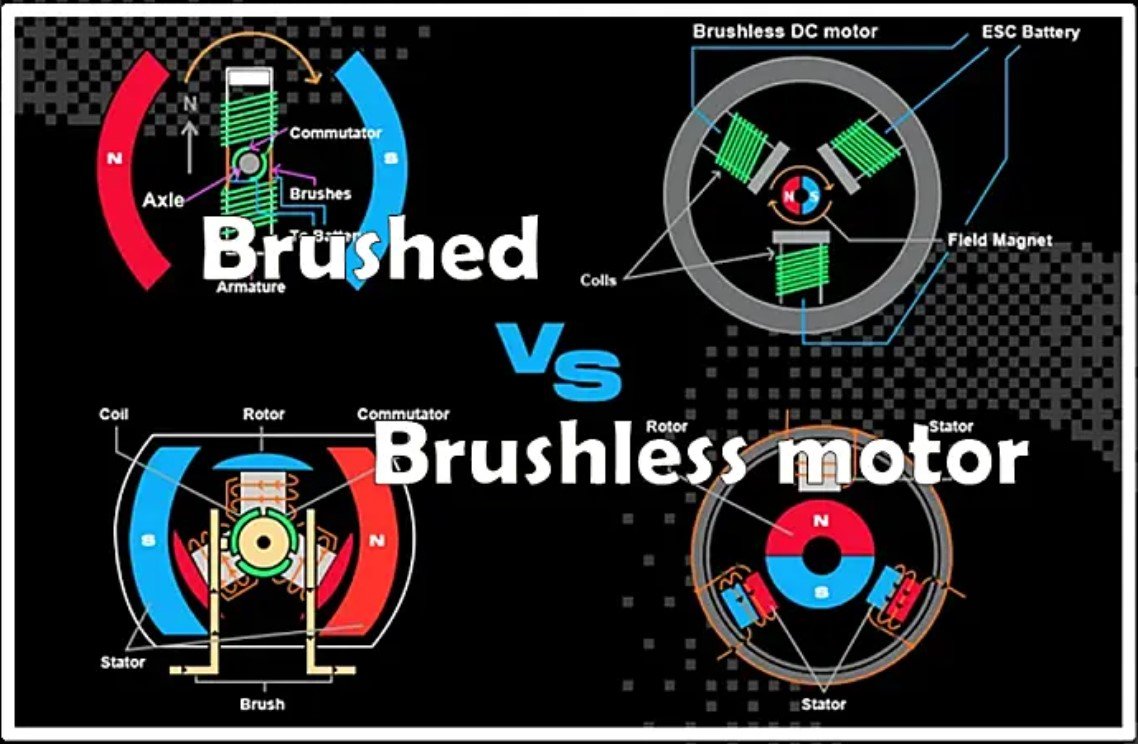There are several key factors to consider when choosing the right micro DC motor and small gear motor for a specific application. We all know that motors are responsible for converting electrical energy into mechanical power, but there are various types of DC motors available on the market. Guided by our four motor selection tips, we aim to keep you focused and on the right path throughout the motor selection process.
INEED Electronics as a world-renowned expert in micro DC motor and DC gear motor design, we’re here to drive your next project forward. If you have any queations for our motor, please feel free to contact us.
Before delving into the process of selecting a micro DC motor, it is necessary to grasp the basic principles of these devices. In essence, DC motors are designed to convert DC energy into mechanical motion, and they are known for their rotational motion. Its excellent speed control capability makes it widely used in electric drive systems. When it comes to micro DC motors, they are characterized by small size, low power consumption requirements, low voltage, and are usually measured in millimeters. Understanding these basic principles is fundamental to making informed decisions when choosing the right micro DC motor and small gear motor for your specific needs.
Tip#1: Define Your Speed, Torque, and Voltage Requirements First
For any DC motor application, the three key specifications you will need to know voltage, speed, and torque. Once these aspects are clear, you are ready to embark on your journey to choose the ideal motor solution. The key is to use a motor that operates at or near its maximum efficiency.
The motor voltage should also be determined at the beginning of the motor selection process. The voltage of the motor will be determined by your power supply, such as a 12-volt battery or power supply. The nominal voltage of a DC motor is usually 12 or 24VDC.
Speed is critical for any motion control application. Rated or load motor speed is the speed at which a DC motor will operate once a load is applied. Knowing the constant speed at which the motor needs to run and its maximum speed is crucial.
The motor torque represents the load that the output shaft of the motor can overcome at a certain point. Torque and speed are directly related, which means that an increase in one leads to a decrease in the other. The rated torque or load torque needs to be defined just like the speed. Another important aspect of torque is the stalling torque or peak torque of the motor. You can best understand the relationship between torque and speed by evaluating the motor’s performance curve, which is usually found along with the motor specifications. Please refer to below our previous article:
How To Read Micro DC Motor & Small Gear Motor Performance Curves
Choosing a motor or gear motor that meets your speed and torque requirements is crucial to choosing the right efficient motor for your application.
Tip # 2: Balance Size and Performance of The Motor
Proper motor sizing is critical for every application, but it can become a challenge when certain performance is required. Generally, larger motors provide more power than smaller motors. Depending on the needs of your application, you may have to make some tradeoffs in certain performance features to accommodate size limitations.
Fortunately, there are endless possibilities to help meet size limitations by utilizing different motor types and technologies, such as brushless motors or permanent magnet motors.
Tip# 3: DC Gear Motors Provide More Torque
Sometimes, you need more torque than a standard DC motor. Using a DC gear motor will result in increased torque and reduce speed, depending on the gear ratio used. There are three basic types of gear motors: spur gear motors, planetary gear motors and worm gear motors. Each type of gearbox has its own unique advantages.
You can add gearbox to brushed DC motors, or brushless DC motors. To learn more about the obvious differences between the various gear motor types, check out our design guide: Exploring the World of Spur, Planetary, and Worm Gearboxes.
Tip # 4: Establish Your Work Cycle
The duty cycle of your application or tool will determine which motor type is ideal. Switching time and rotation direction are key components of duty cycle. It is crucial to define the duty cycle at the beginning of the motor selection process.
For most industrial applications, intermittent duty cycle is recommended to help extend the service life of the motor or gear motor. Continuous operation is still allowed, but the motor must be ensured to operate at maximum efficiency.
Summany
By taking these steps, you can make an informed decision when choosing micro DC motors and small gear motors, ensuring that they meet your application requirements while providing efficient performance. After selection, proper testing is essential to ensure that the motor performs well in a typical operating environment and maintains maximum efficiency for years to come. Choosing the right motor is a key step in ensuring the success of your application.

FAQ
How to choose a DC gear motor?
Factors for your consideration when choosing a 12V DC gear motor encompass power demands and torque particulars. Velocity and RPM factors also come into play. Physical dimensions and weight limitations are vital. Gear ratio and operational efficiency are key points to evaluate. Noise levels and vibration are another aspect. Assess the array of mounting options and their compatibility with your setup as well.
Resource:







